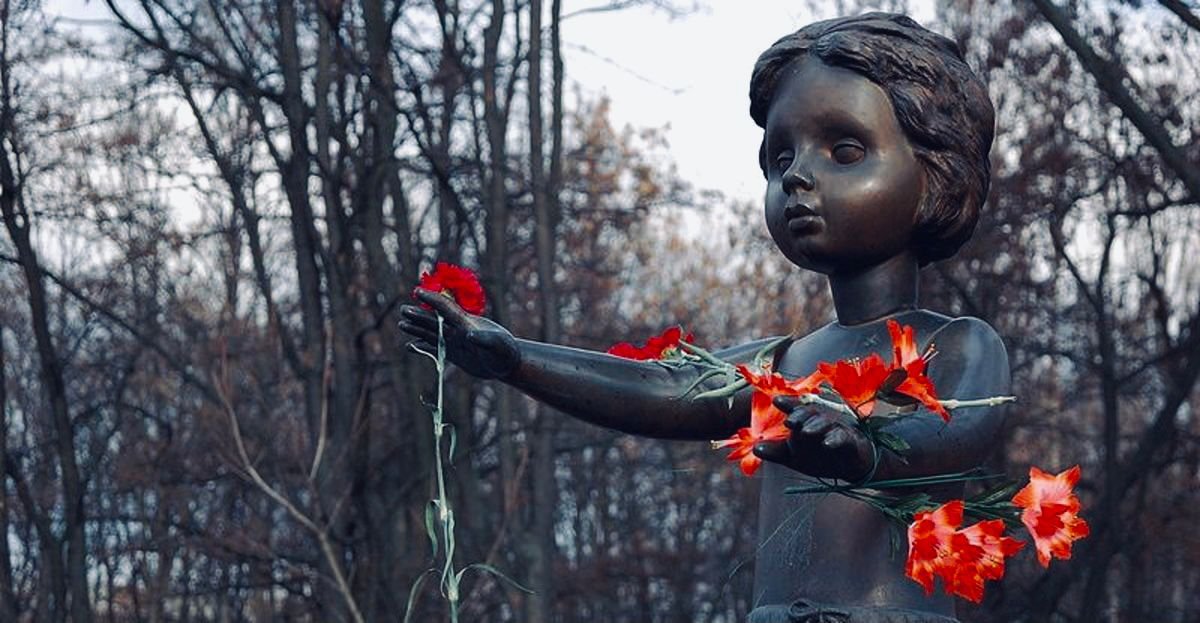
Pitch doctors of Sri Lanka: To celebrate Women’s History Month, in our third feature, we remember the traditional female pitch doctors of Sri Lanka.
Episode 3: a thread on this rare group of women (1/n)
Episode 3: a thread on this rare group of women (1/n)

Back in 2012, when the Barmy Army of English Cricket entered Colombo’s very own Oval ‘P Saravanamuttu’ stadium, they experienced something unique (2/n)
It was a storied country ground indeed, with a beautiful scoreboard - Sri Lanka played their first Test here, registered their first Test Victory here and it also was the only Asian ground where Sir Don Bradman played cricket (3/n)
But undoubtedly the biggest stars of the ground were two local elderly women in bright Saris who walked barefoot into the ground with utmost confidence and started dusting the pitch before the game. A scene to remember (4/n) 

They are the two sisters - Amravati and Saroja Vellai, two unorthodox grandmothers. Amravati famously worked as the pitch curator for 40+ years on this ground. Saroja continued the role for 15 years, even after her sister’s retirement (5/n) 

But the story originated long back in the 1940s when a swamp in Wanathamulla was converted into the best cricket ground of Ceylon and became home for Tamil Union Cricket and Athletic Club. A ground with local connections and socialist values (6/n)
This is the only cricket ground in Asia where the legendary Donald Bradman played. The south stands of P. Sara Oval still has a huge photo of Bradman walking out to toss with the legendary Mahathevan Sathasivam in 1948 (7/n) 

However, a controversy made the game memorable despite Bradman's modest score of 20 runs. Australia claimed the pitch was too short, and it was later measured and found to be 20 yards, not the usual 22 (8/n)
Surprisingly, the pitch for Bradman’s Australia was made by a local lady Arul Mary, who was believed to be the first women pitch curator in history, fondly known as Mariamma (9/n) 

Mariamma worked as a ground lady at P Sara Oval for decades and the tradition continued. There is a community of women, dubbed as the “Indian Tamils”, who live near the legendary ground in Wanathamulla and have traditionally worked as ground curators (10/n)
They love the local soil, they love the ground and remain a rare group of women representing the game in a unique profession (11/n)
The community remains mostly unrecognized. While in the sporting world casual misogyny is still rampant, the remarkable feat of these ‘one of a kind’ women stands tall in a male-dominated job (12/n)
Source: Dhaka Tribune, cricketpix.com, John Westerby/The Times, By Sharmeegan Sridheran/The Papare
• • •
Missing some Tweet in this thread? You can try to
force a refresh













